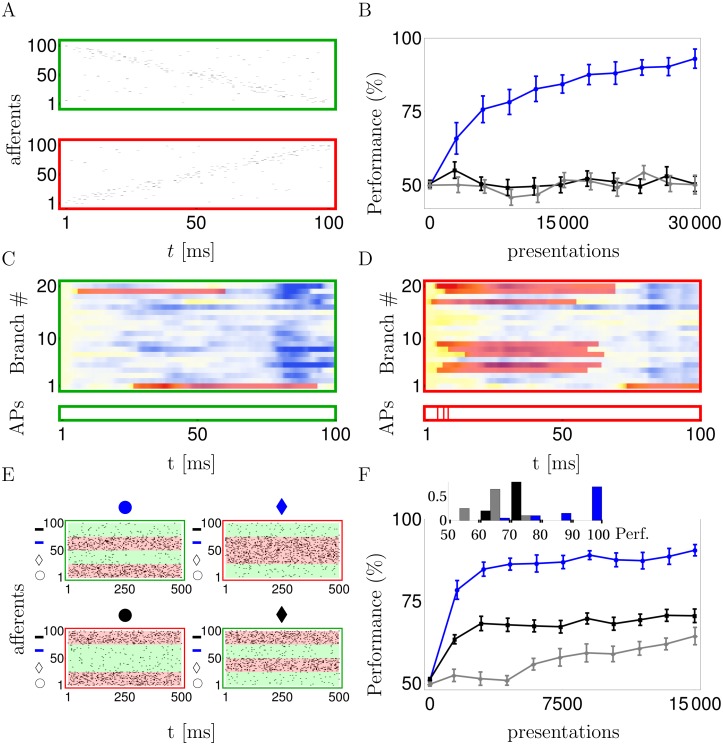Fig 3. R-sdSP can exploit the representational power endowed by active dendrites.
A: Example of presynaptic firing pattern that requires the neuron to be silent (green) or to elicit at least one somatic spike (red). B: R-sdSP (blue), but not R-STDP, learns to become direction selective (black: ‘pre-som’; grey: ‘pre-den’). C, D: The subthreshold dendritic voltages and NMDA traces NMDAd(t) in response to the two input patterns shown in A (color code as in Fig 2). Individual branches developed direction selectivity (green). Bottom: action potentials are only generated for one direction. E: The 4 input patterns of the linearly non-separable feature-binding problem combine one of two shapes (‘circle’ or ‘diamond’) with one of two fill colors (‘blue’ or ‘black’). Each of the four features is represented by 25 afferents (next to the corresponding symbol on the y-axes) that encode its presence or absence by a high (40Hz) or low (5Hz) Poisson firing rate, respectively. F: R-sdSP learns the correct response to the 4 inputs, R-STDP does not (line code as above). Inset: average performance of each run after learning.

